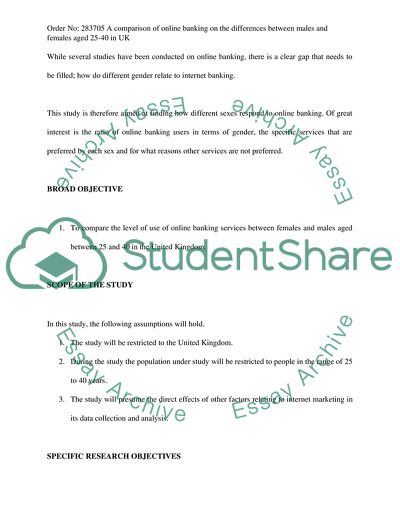Cite this document
(“Comparison of Online Banking on The Differences between Males and Research Proposal”, n.d.)
Comparison of Online Banking on The Differences between Males and Research Proposal. Retrieved from https://studentshare.org/technology/1722013-a-comparison-of-online-banking-on-the-differences-between-males-and-females-aged-25-40-in-uk
Comparison of Online Banking on The Differences between Males and Research Proposal. Retrieved from https://studentshare.org/technology/1722013-a-comparison-of-online-banking-on-the-differences-between-males-and-females-aged-25-40-in-uk
(Comparison of Online Banking on The Differences Between Males and Research Proposal)
Comparison of Online Banking on The Differences Between Males and Research Proposal. https://studentshare.org/technology/1722013-a-comparison-of-online-banking-on-the-differences-between-males-and-females-aged-25-40-in-uk.
Comparison of Online Banking on The Differences Between Males and Research Proposal. https://studentshare.org/technology/1722013-a-comparison-of-online-banking-on-the-differences-between-males-and-females-aged-25-40-in-uk.
“Comparison of Online Banking on The Differences Between Males and Research Proposal”, n.d. https://studentshare.org/technology/1722013-a-comparison-of-online-banking-on-the-differences-between-males-and-females-aged-25-40-in-uk.


